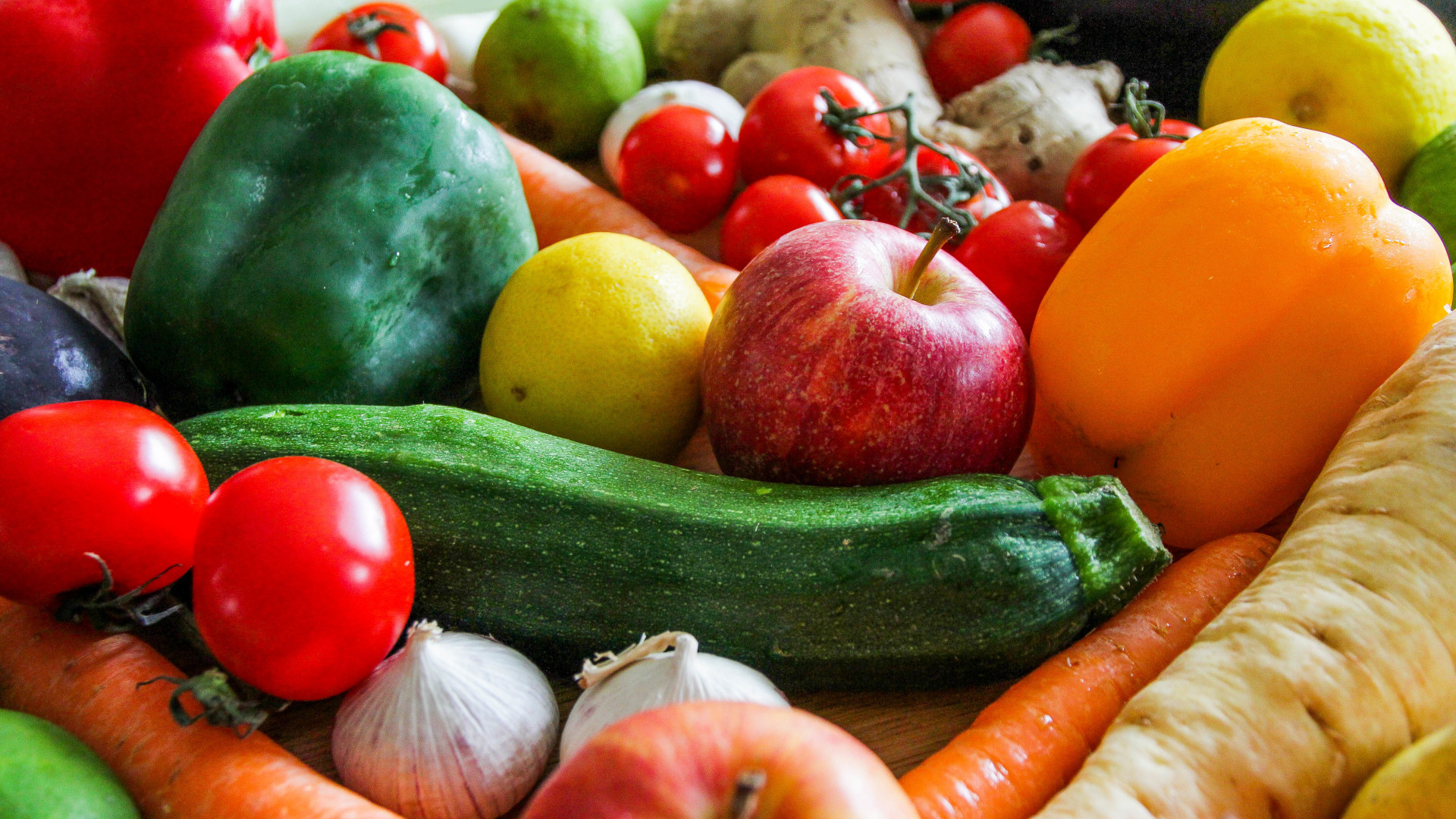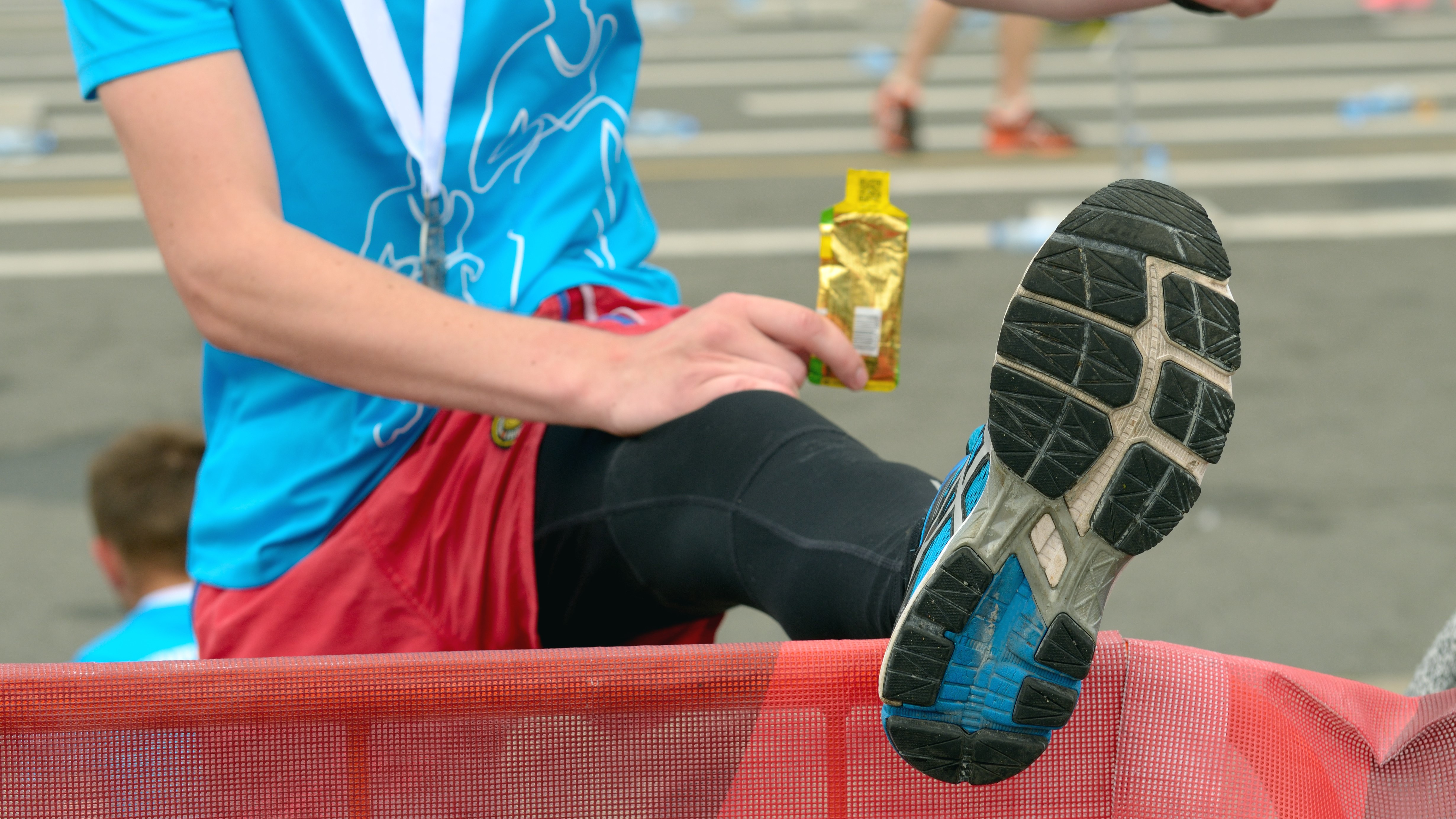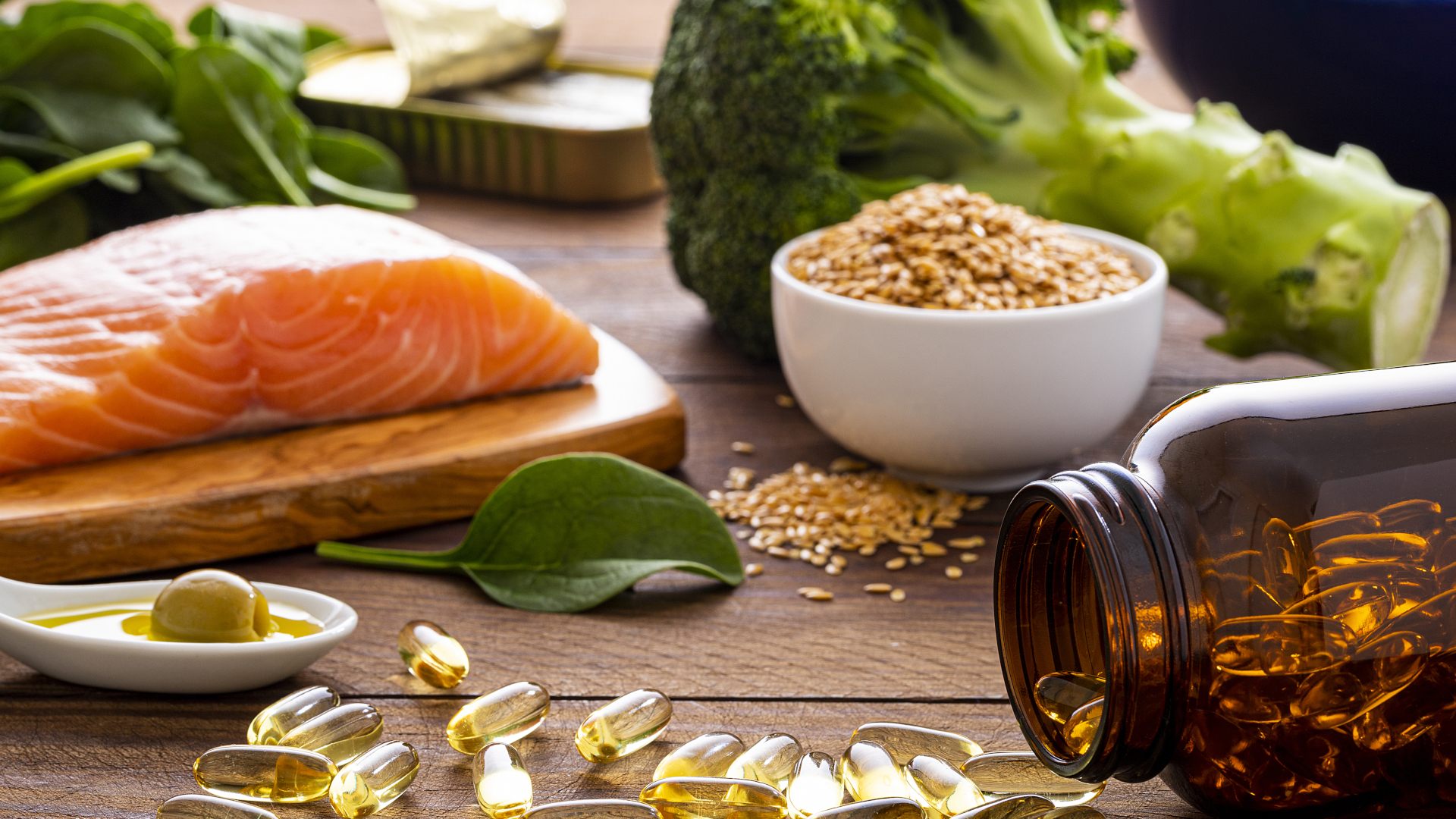How to keep training through your period – 5 tips from an expert
Research expert and rock climber Dr Natalie Brown discusses her best tips to maintain your training schedule throughout the month

Do you experience changes in mood, energy levels or coordination during your period? If so, you might also struggle with reduced motivation to keep training and find yourself in a constant cycle of starting over after a monthly break. Many of us were raised to believe that taking a break during our periods is required to accommodate lower energy levels, but for athletes, that can be disruptive to training. And according to one research expert in the field, you may not need to.
“There’s a conversation where you actually back off doing any exercise because you’re going to feel weak,” explains Dr Natalie Brown at a recent lecture at the Arc’teryx Climb Academy.
“Actually you can still feel super strong and achieve the same adaptations from training but we just need to be a bit proactive in terms of what we do.”
Brown is a research associate at Swansea University and Sport in Wales working for the Welsh Institute of Performance Science and the founder of Optimal Period. She’s also a climber, runner, biker and surfer and as someone whose job it is to read the research on menstruation and sport, she thinks she’s cracked the case when it comes to keeping female athletes active.
I’m here covering the academy as a writer, taking some scrambling and bouldering clinics, and coincidentally, I’m on my period. I consider myself a fairly fortunate period-haver and don’t tend to experience extreme pain or fatigue, but I am familiar with the dips in energy she’s talking about; in fact, before this workshop, I pulled on my trail running shoes for a 10k run and found myself needing to take a few breaks. Perhaps like you, I’ve always just concluded that we get the hand we’re dealt when it comes to our periods and there’s not much you can do about it besides take some painkillers.

According to Brown, however, many symptoms that we associate with menstruation are actually caused by inflammation, and if you can get a handle on inflammatory behaviors (and foods), you can reduce your symptoms – and keep training.
If you’re struggling with staying active through your menstrual cycle, Brown advises you start using a diary to track your stress, sleep and diet and see if you can find a correlation between your behaviors and your symptoms.
Advnture Newsletter
All the latest inspiration, tips and guides to help you plan your next Advnture!
“Feeling like you could do stuff last week but not this week is stressful,” acknowledges Brown.
“So check in and start identifying what factors might be affecting you.”
If you do note a link between your diet and your symptoms – for example, on the months you give into cravings for fatty processed foods, your cramps and mood are worse – Brown outlines the following strategies to keep you moving.

1. Be proactive
Brown explains that a lot of symptoms associated with the menstrual cycle are caused by inflammation in the body, and one of the best methods to offset this is to curb your intake of pro-inflammatory foods (that largely means processed foods) and focus instead on anti-inflammatory foods (you guessed it, that means fruit and vegetables).
This is especially important during the week before your period because decreasing hormone levels increase inflammation, and that’s what makes your symptoms worse, so don’t wait until your period starts to start chopping veggies.
“Starting to think about this the day you start your period, when you’ve got really bad menstrual cramps, you’re too late then” warns Brown.
Instead, be proactive. While the days leading up to and during your period are often the ones where you can’t be bothered cooking and taking care of yourself, earlier in your cycle you can take advantage of your higher energy and better mood to prepare future you for the days ahead.
“Batch cook meals. Then when you can’t be bothered to cook, just grab a meal out of the freezer and you don’t need to do anything, but you’ve got those anti-inflammatory foods.”

2. Switch up your fuel sources throughout your cycle
I’m aware that carbs like those we find in running gels give us quick-release energy during a marathon, while fat sources help sustain us during Zone two training, but what I didn’t realize until now is that as a female, I experience a monthly shift in terms of what energy I use as my main fuel source.
As Brown explains, during the first half of the menstrual cycle, known as the follicular phase, our bodies rely on glycogen for fuel during exercise, meaning quick-releasing energy that helps us do lots of exercise and lift heavy weights.
When we shift into the latter half of our cycle, known as the luteal phase, our bodies start relying on fat sources, which is great for long endurance workouts, but not speed workouts and high-intensity intervals.
“If you want to do anything punchy and fast and explosive you’re probably going to feel more lethargic.”
During that phase, Brown says, give your body an immediate fuel source of (ideally non-processed) carbs. Brown's prescription during this time is to have a carb-based meal like rice or pasta four hours before exercise and a carb snack such as a banana or cereal two hours before, then another like fruit or yogurt within 30 minutes of finishing. If you’re doing a high-intensity workout lasting longer than 45 minutes or a long workout of more than 75 minutes, take a carb snack during your workout.
If that sounds like a lot of carbs, Brown suggests liquid versions like gels, a milkshake or a homemade sports drink with salt and sugar to help you consume more carbs and reduce lethargy.

3. Increase protein closer to your period
We’ve all heard that getting enough protein is vital for athletes, and as Brown explains this is especially true for females because while estrogen builds muscle during the middle of your cycle, rising progesterone as you get closer to your period actually breaks it down.
“I tend to say just have a protein intake with every snack and meal,” recommends Brown, who says that once again, it’s better to build this habit when your progesterone levels are high than to wait until your period when you’re craving fatty carbs.
Brown’s recommendation is to take 10 grams of carbs in every snack – that’s half a pint of milk, a tablespoon of hummus or cottage cheese or a small yogurt – and 20 grams with each meal, such as a chicken breast, fish fillet, three eggs or half a can of beans. You can also check out our recipe for DIY protein chickpea bars for a healthy homemade snack.
Finally, she says, your recovery will be affected during the week before your period, so make sure you have some protein about 30 minutes before bed.
“A milky drink can be good before bed especially if you’ve done a lot of exercise during the day because that helps aid recovery.”

4. Practice moderation
You might not have to change your training schedule, but you probably have to change your behavior and Brown encourages moderation when it comes to those comfort foods we often reach for when it’s that time of the month – namely, caffeine, alcohol and chocolate.
“I never like to say to anyone, don’t have anything,” says Brown.
“Even chocolate is pro-inflammatory. Having a small amount is okay; having a whole big bar will increase inflammation.”
Caffeine and alcohol also make bloating worse and increase inflammation, making symptoms worse, so take them in small amounts and, particularly when it comes to caffeine, timing is key.
Brown recommends avoiding caffeine after midday so that it doesn’t disrupt your sleep cycle, and if you feel that you must have caffeine to kickstart your workout, she suggests taking it in a more controlled form like a caffeine chewing gum 15 minutes before a workout that doesn’t stay in your system for as long as a cup of coffee.

5. Sleep reigns supreme
For offsetting low energy levels and fatigue, Brown says, sleep is better than caffeine as lack of quality sleep also contributes to inflammation. It might be tempting to hole up in bed with Netflix streaming on your iPad, but that isn’t a good idea if you want your pineal gland to start producing that lovely, slumber-inducing hormone melatonin.
“Being on a phone, watching TV, having the lights on in the house before bed – that’s all going to wake you up.”
If the sleep tracker on your Garmin watch shows a lot of peaks and troughs, it’s good practice to shut down electronics and dim the lights an hour before bedtime. Practice good sleep hygiene by maintaining consistent sleeping and waking times, ensuring your room is dark and quiet (or using earplugs and an eye mask) and investing in a comfortable bed and pillow.
Do all this, Brown says, and you don’t need to avoid any type of activity during or before menstruation.
“If you can make sure to prep and support your body, you should be able to do any type of exercise – but you need to make sure that you’re providing what you need to achieve that.”
And if you’re trying all of the above and still finding it hard to do your workout? Give yourself a break, Brown advises, and don’t beat yourself up about it.
Julia Clarke is a staff writer for Advnture.com and the author of the book Restorative Yoga for Beginners. She loves to explore mountains on foot, bike, skis and belay and then recover on the the yoga mat. Julia graduated with a degree in journalism in 2004 and spent eight years working as a radio presenter in Kansas City, Vermont, Boston and New York City before discovering the joys of the Rocky Mountains. She then detoured west to Colorado and enjoyed 11 years teaching yoga in Vail before returning to her hometown of Glasgow, Scotland in 2020 to focus on family and writing.

